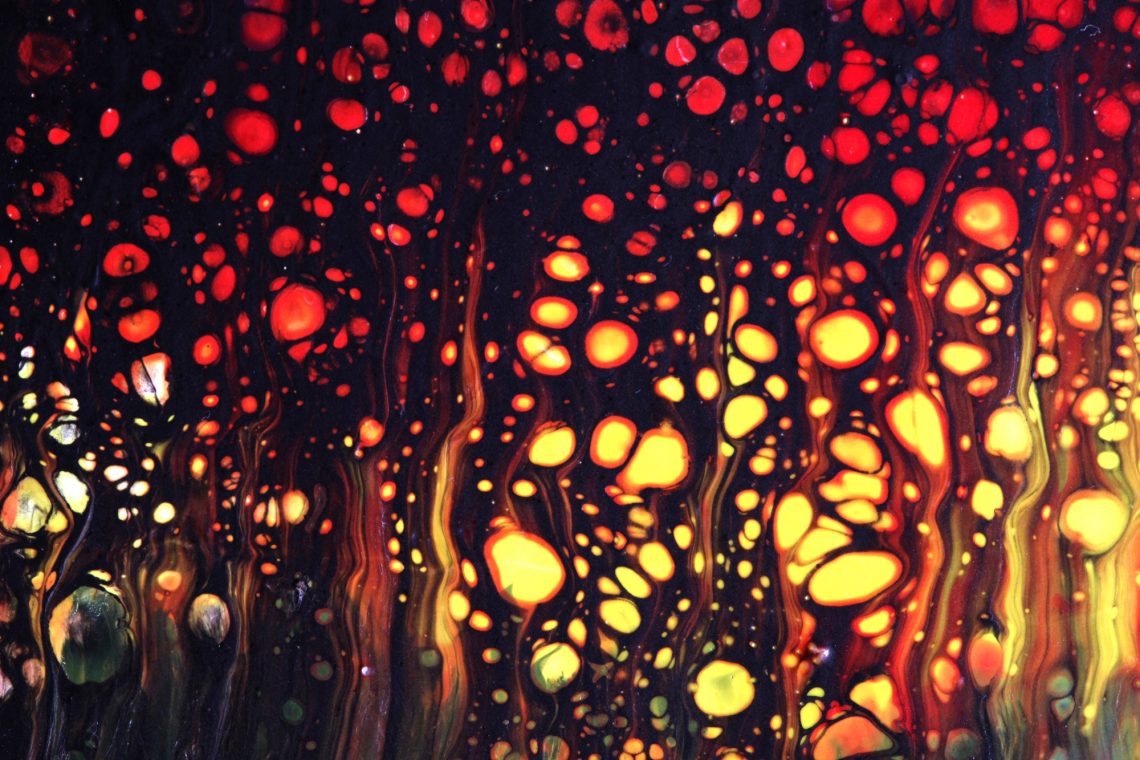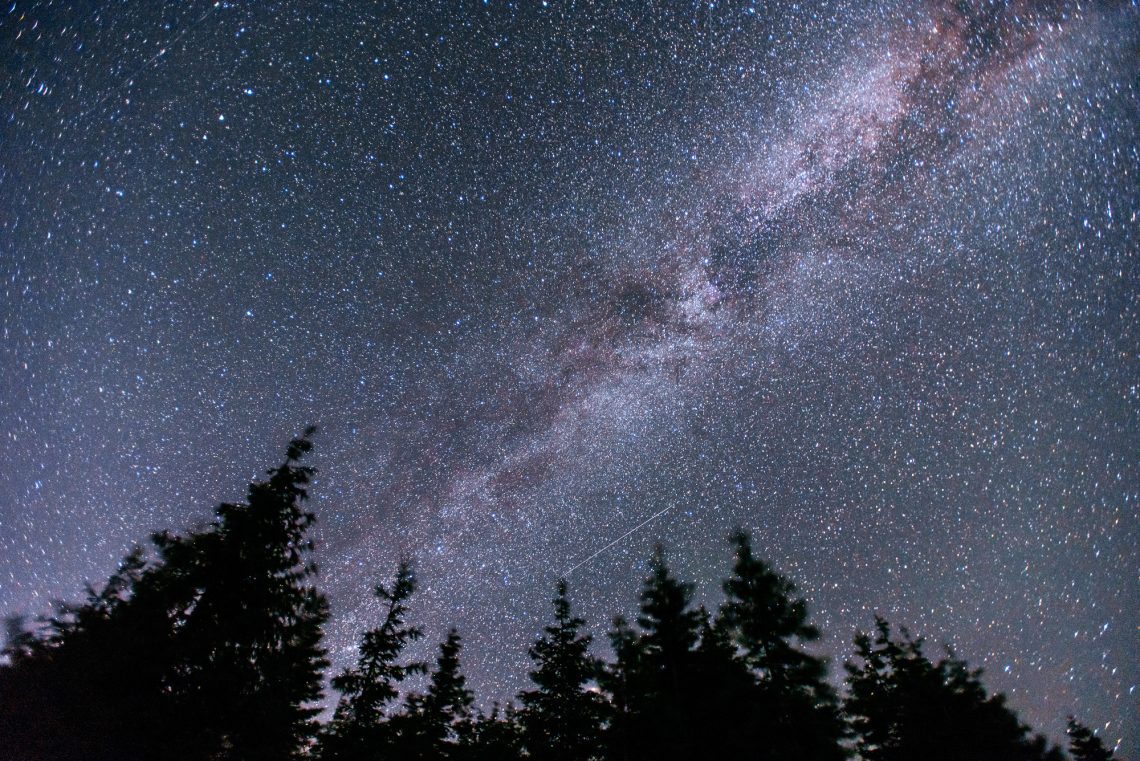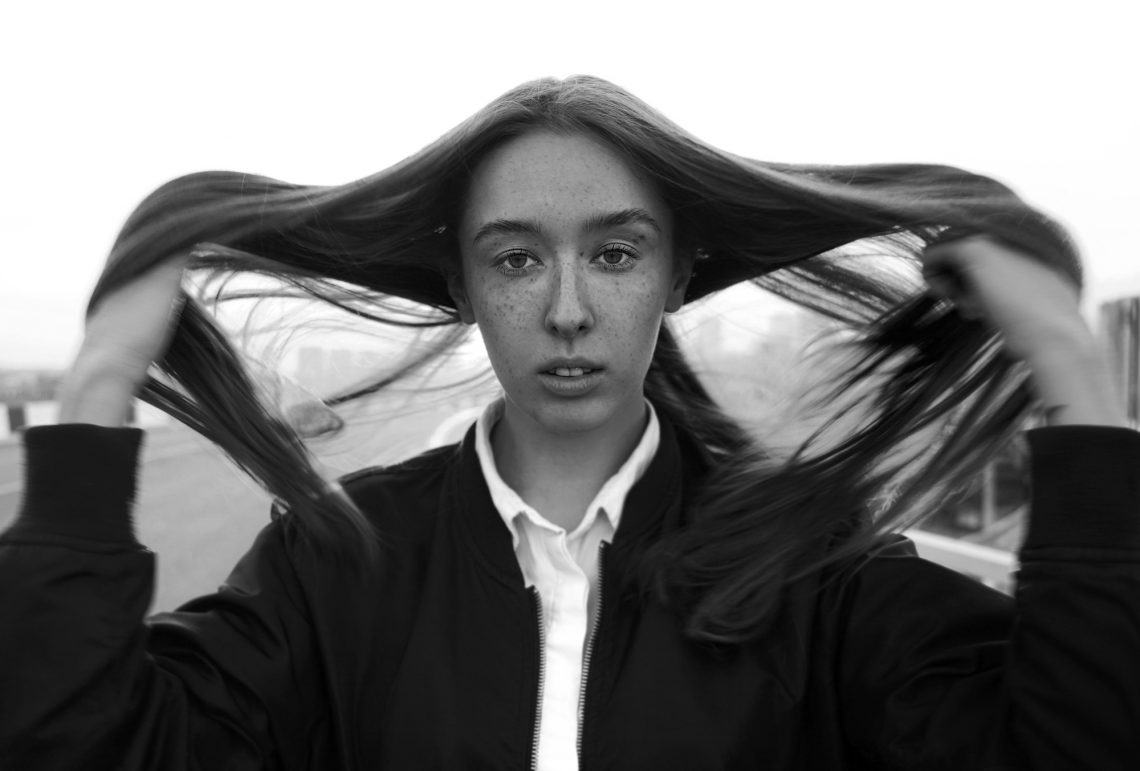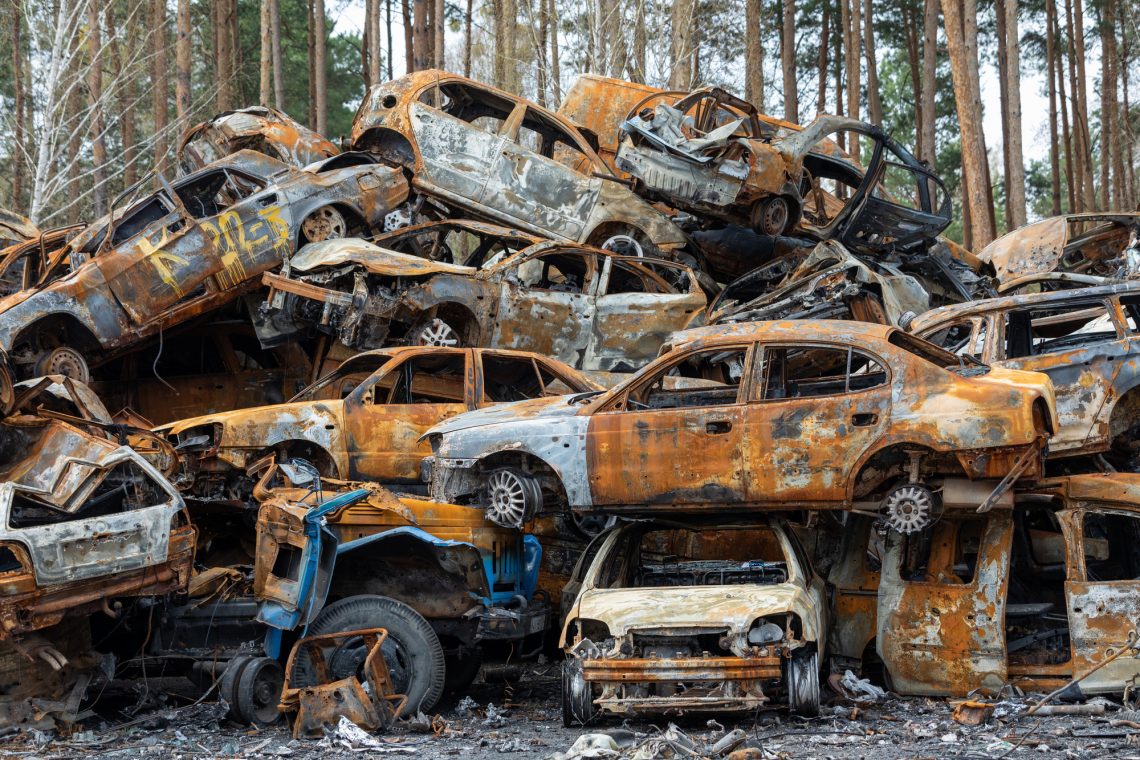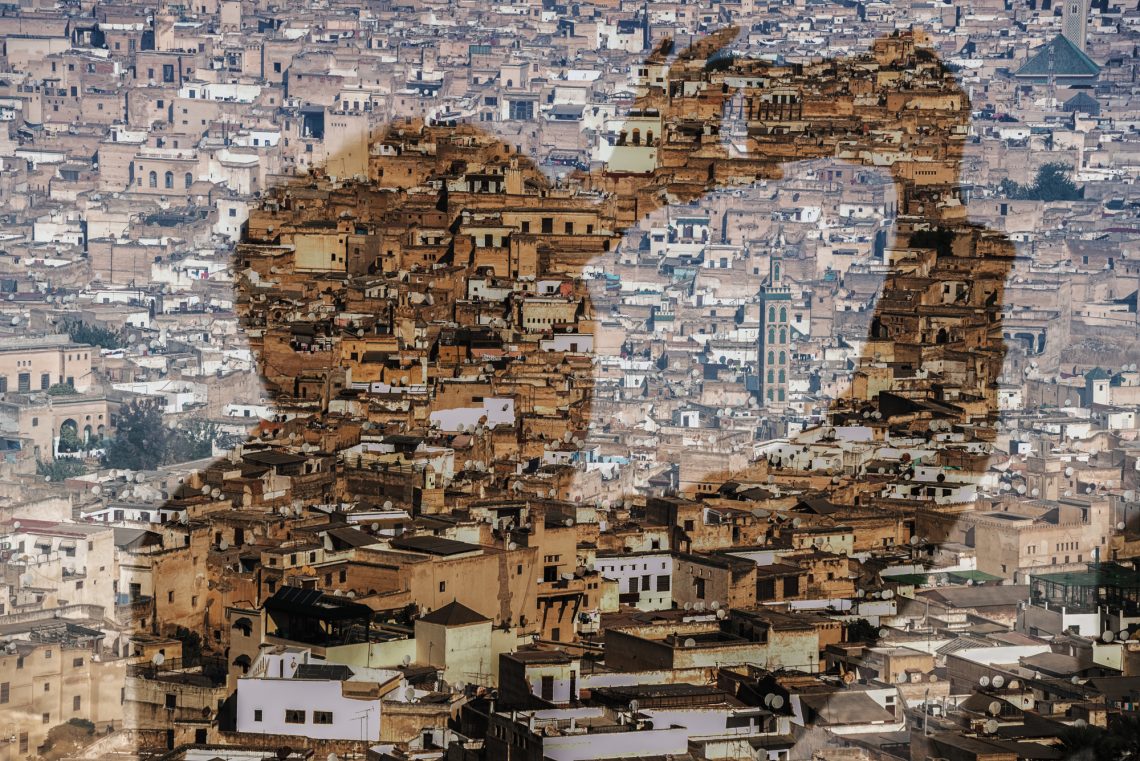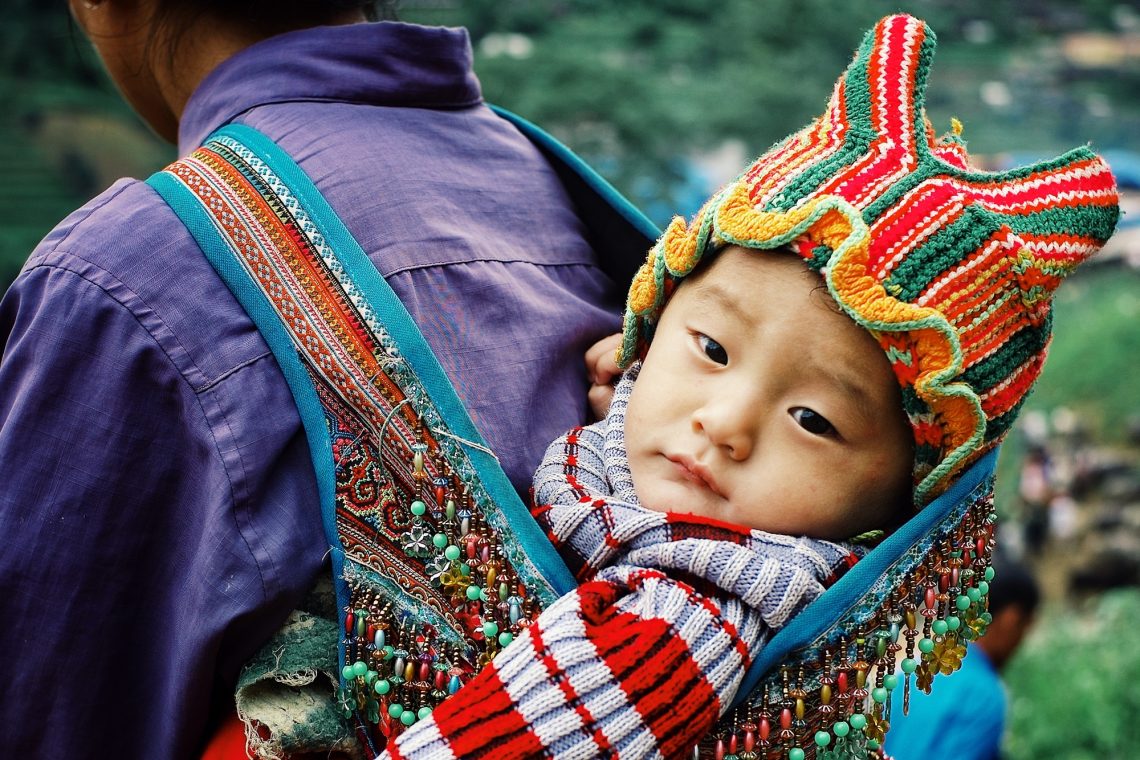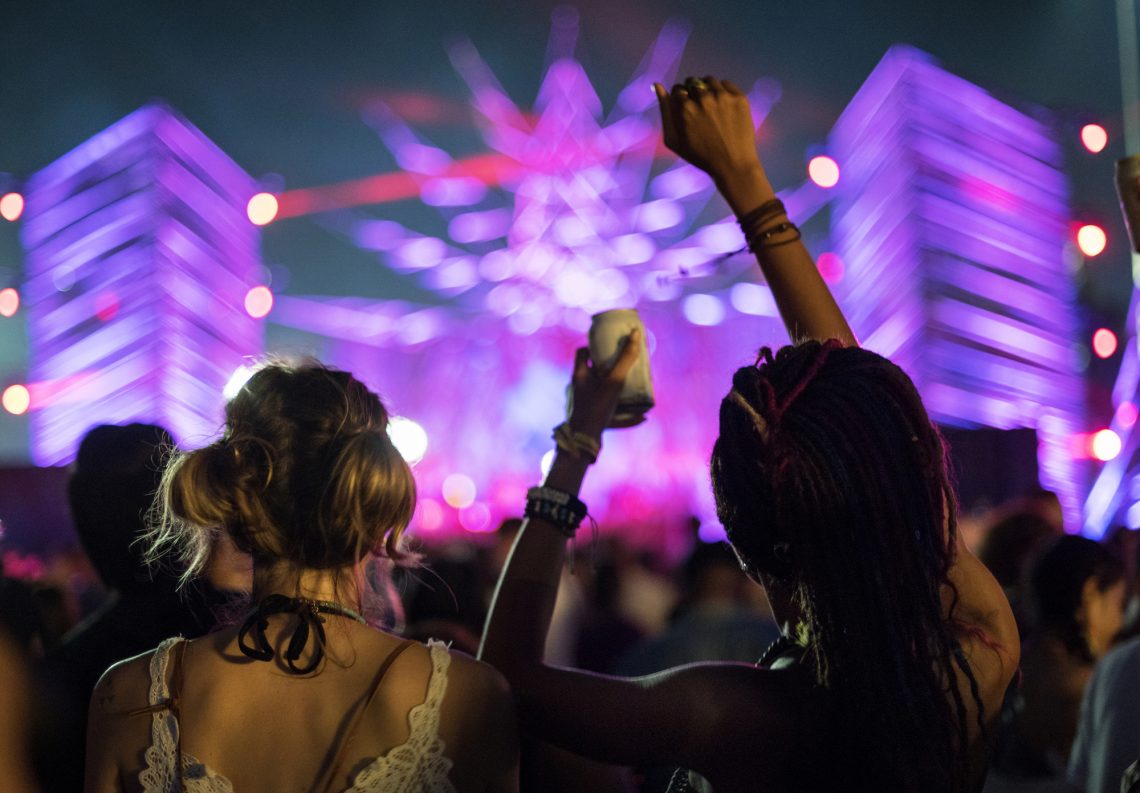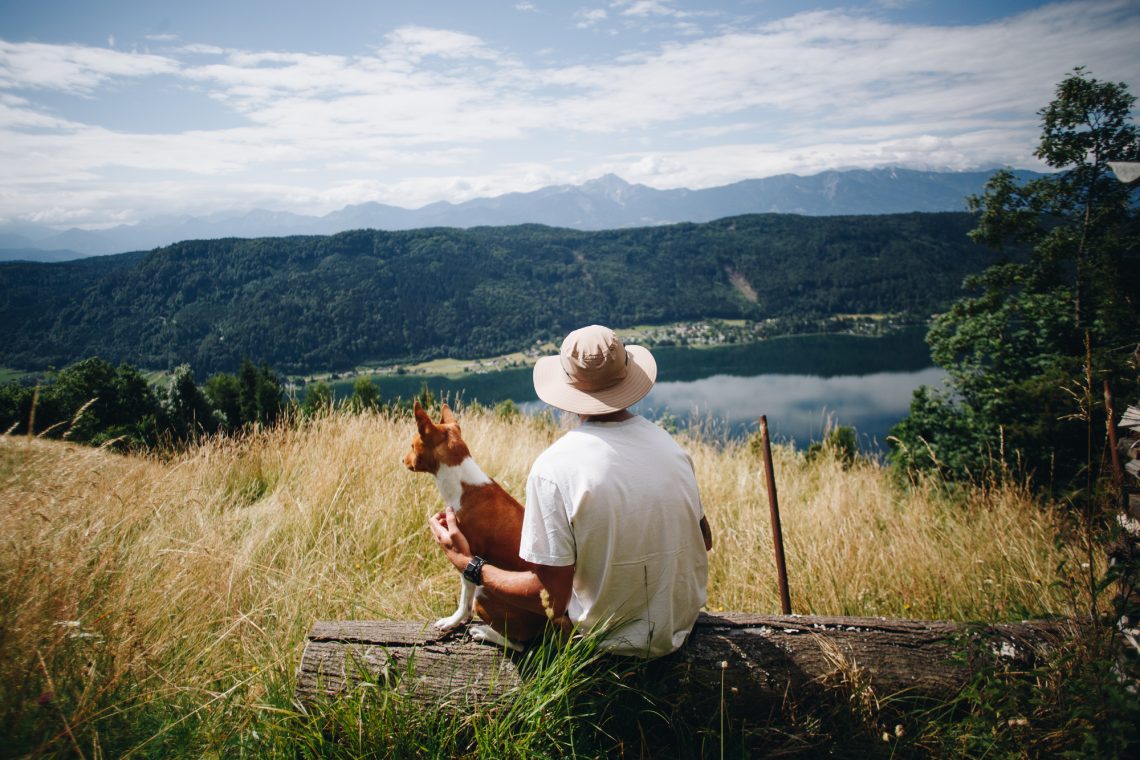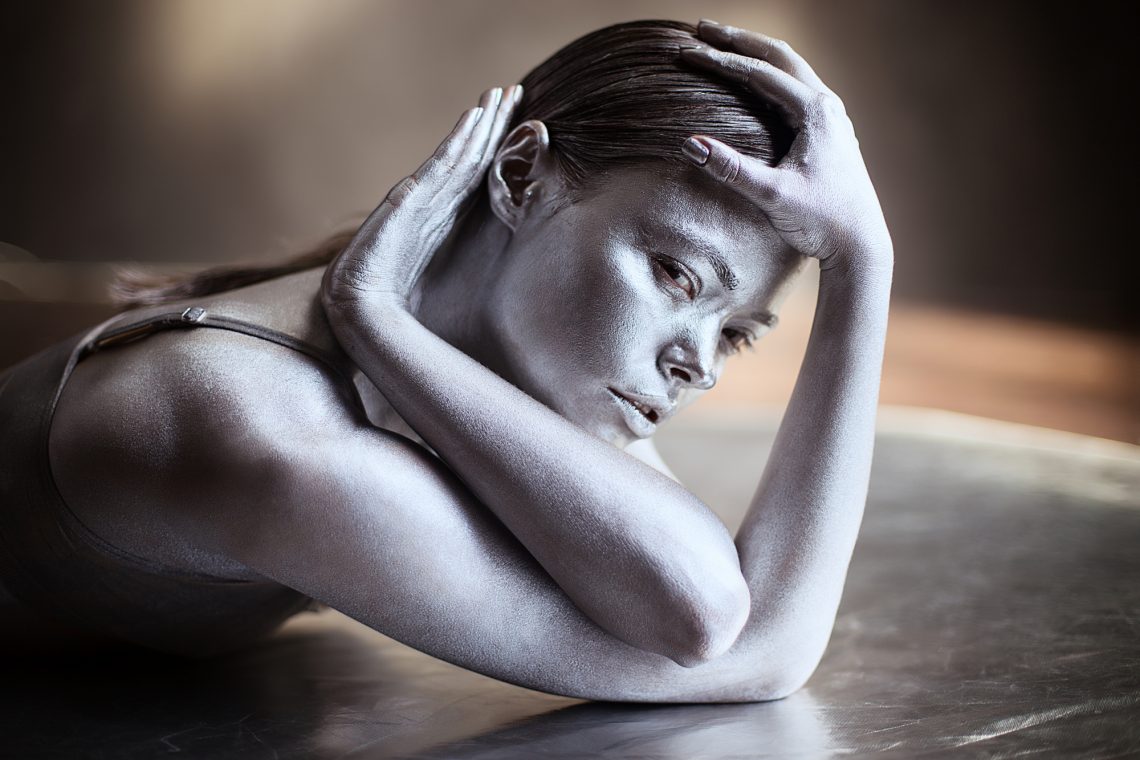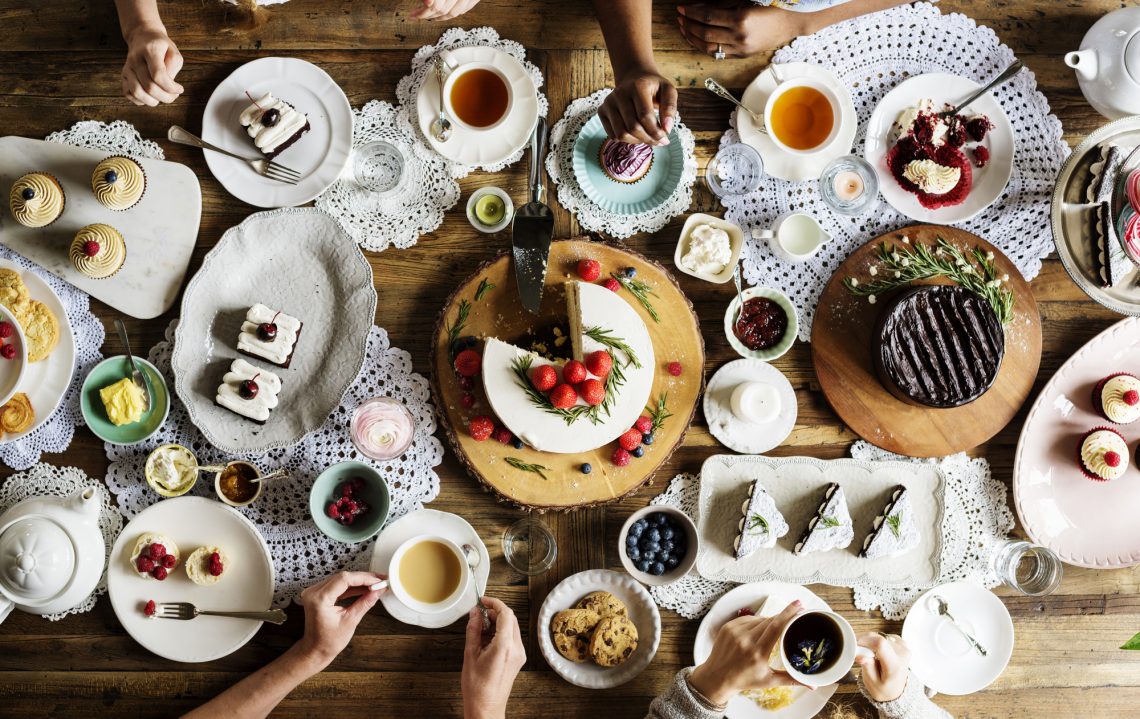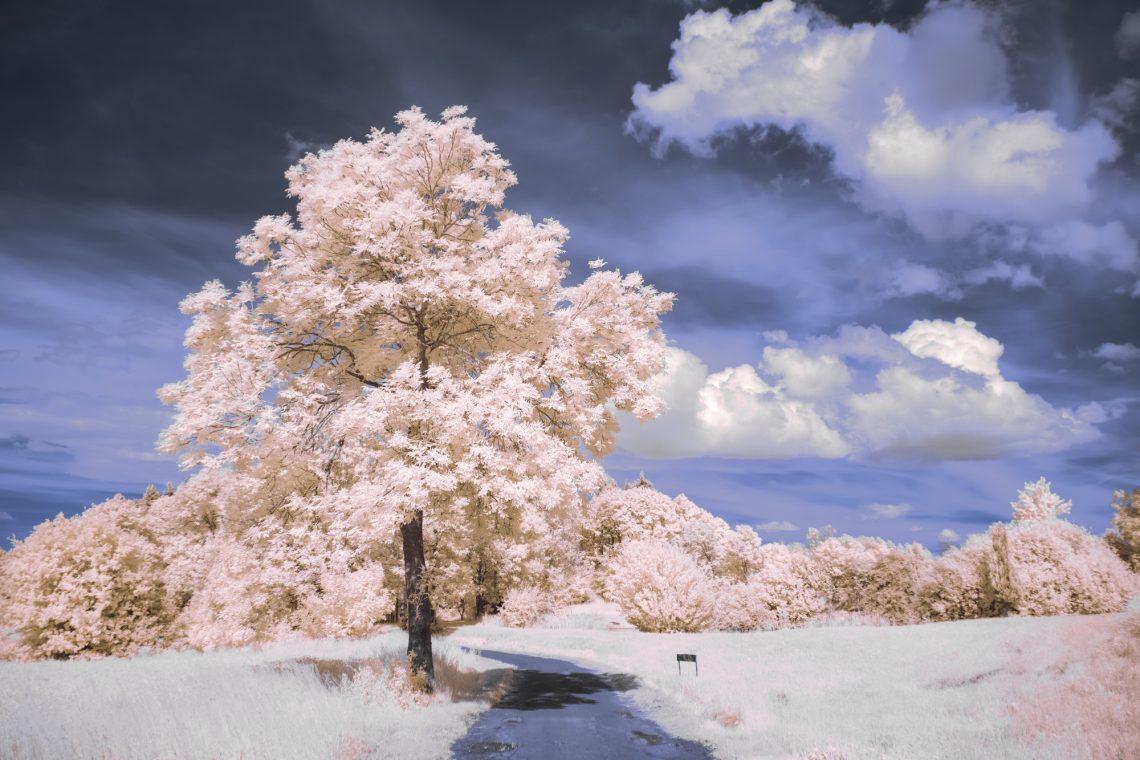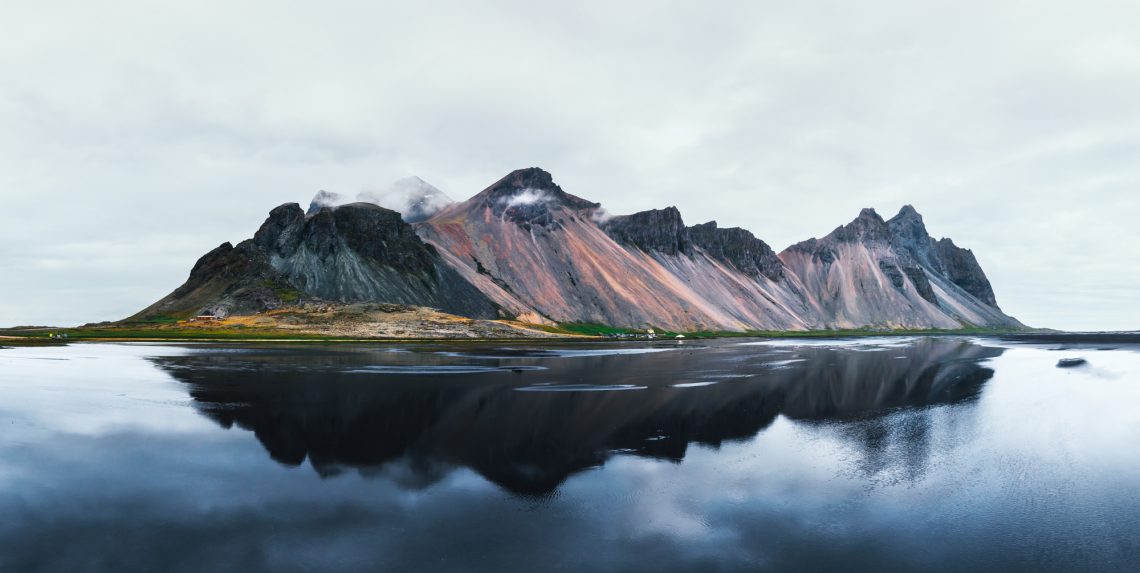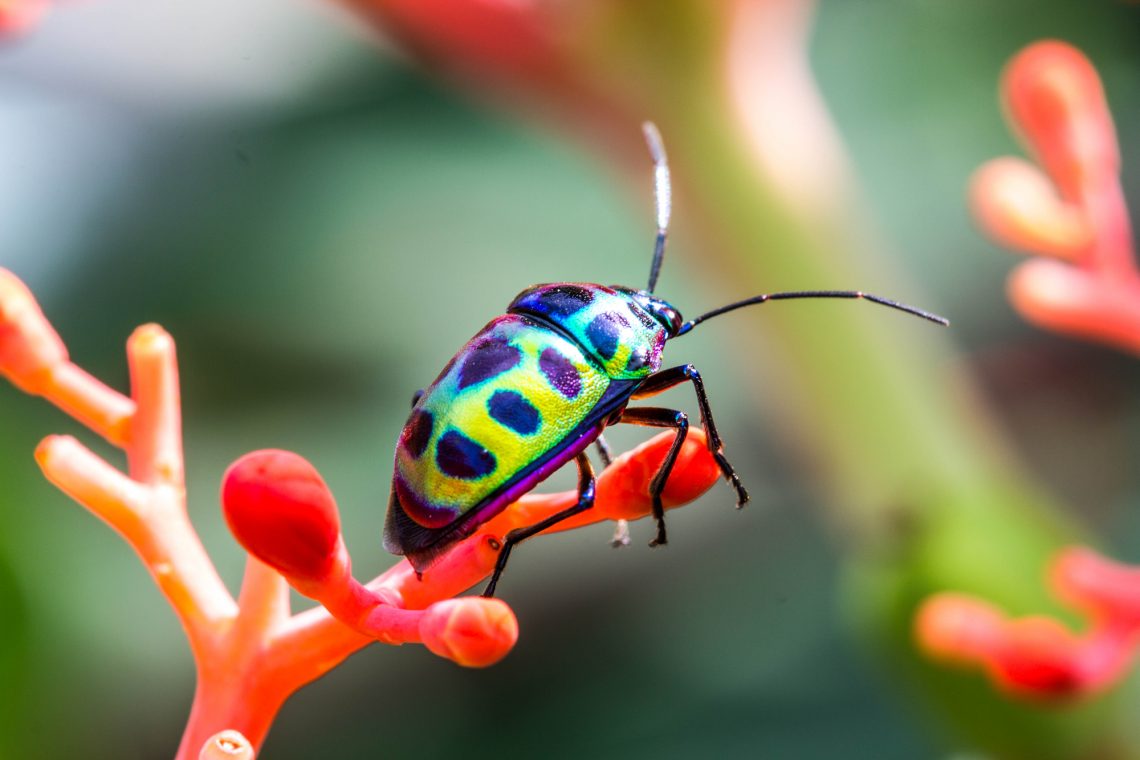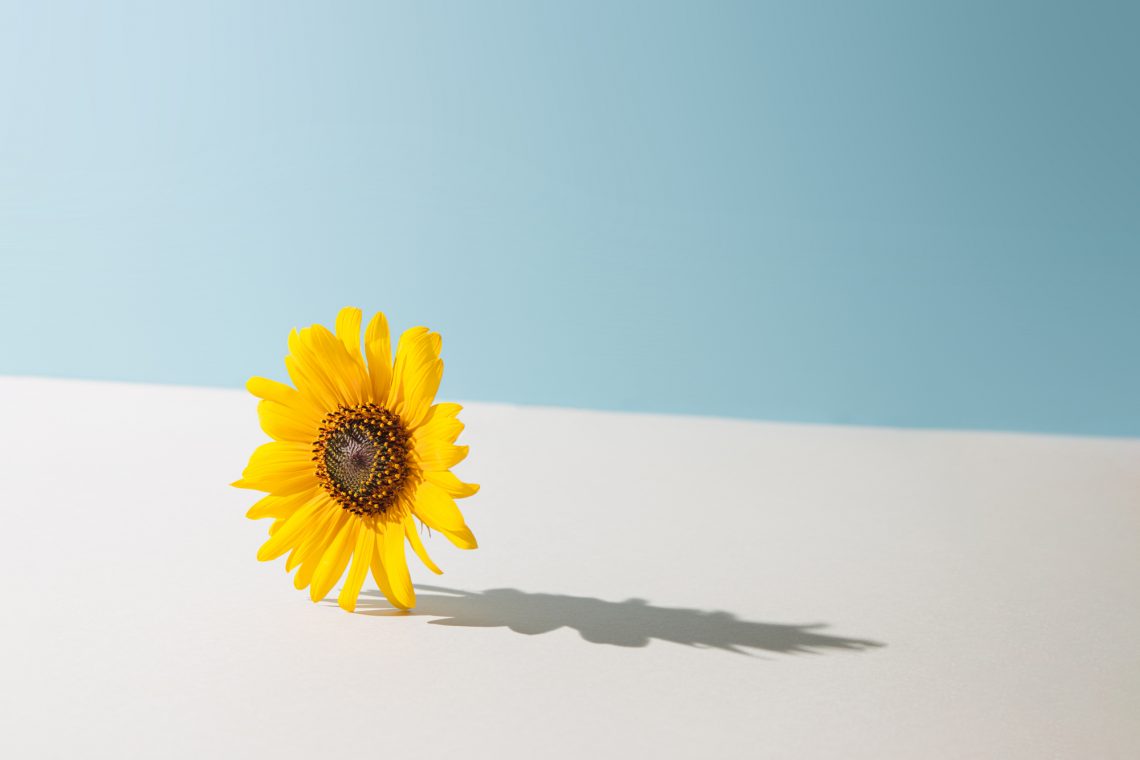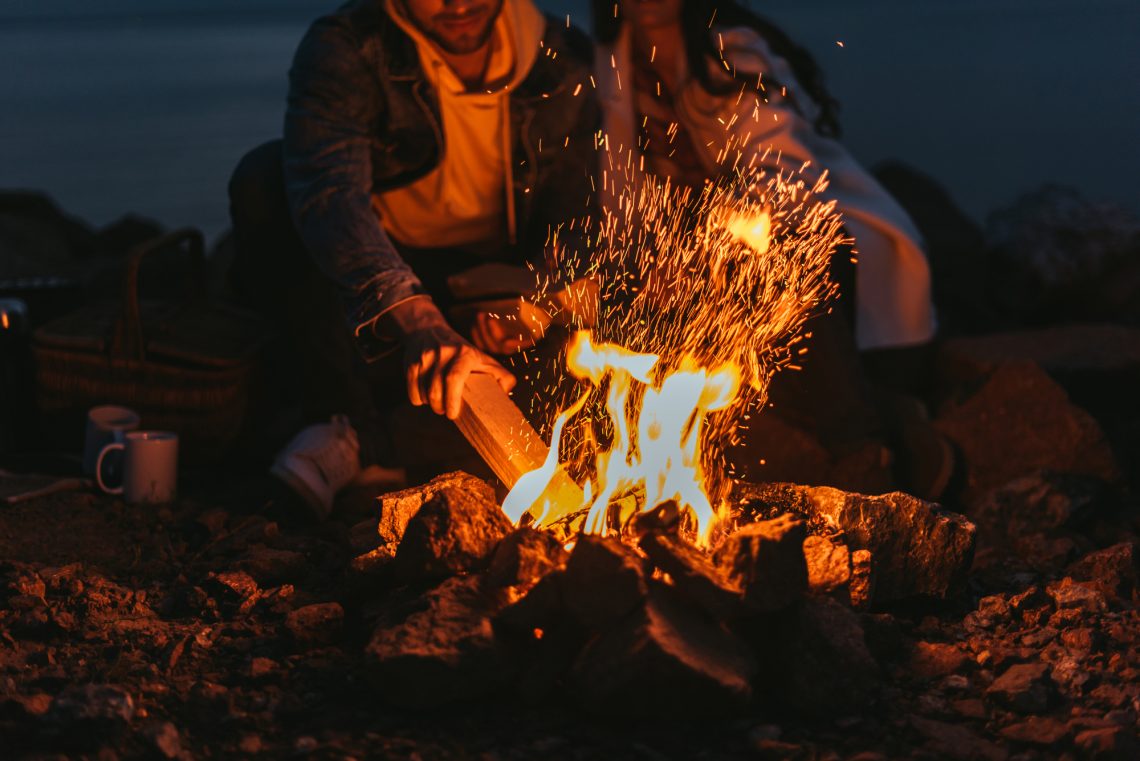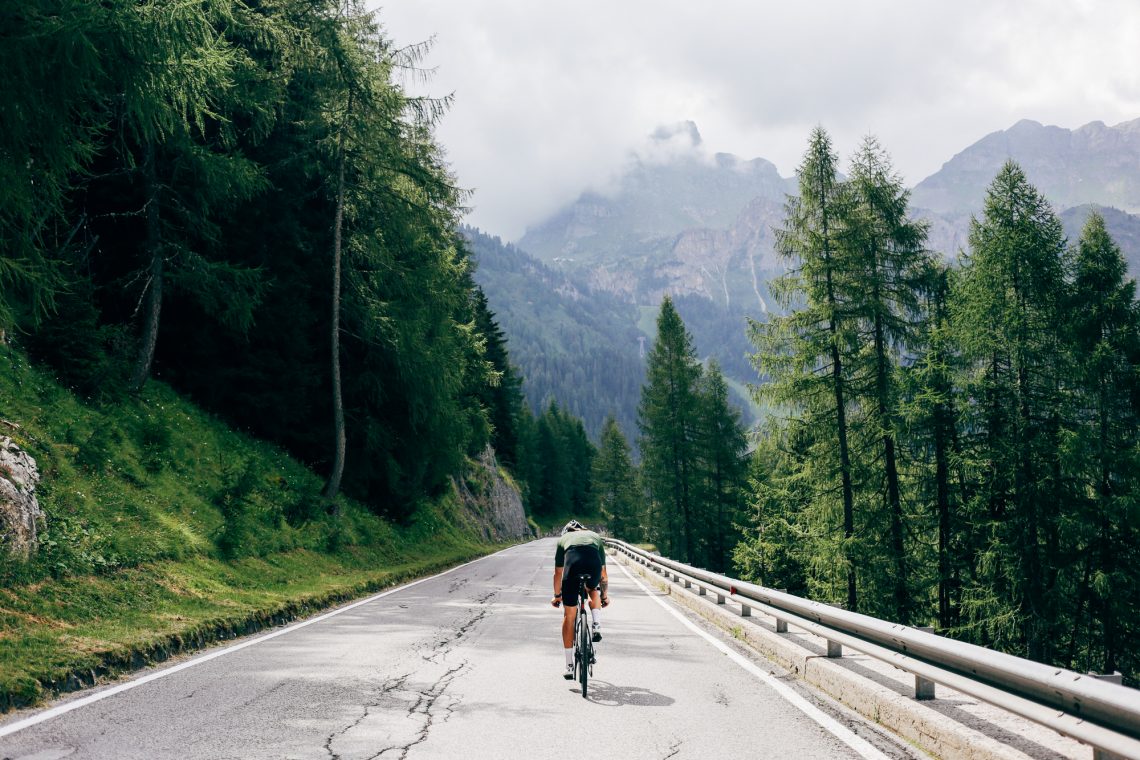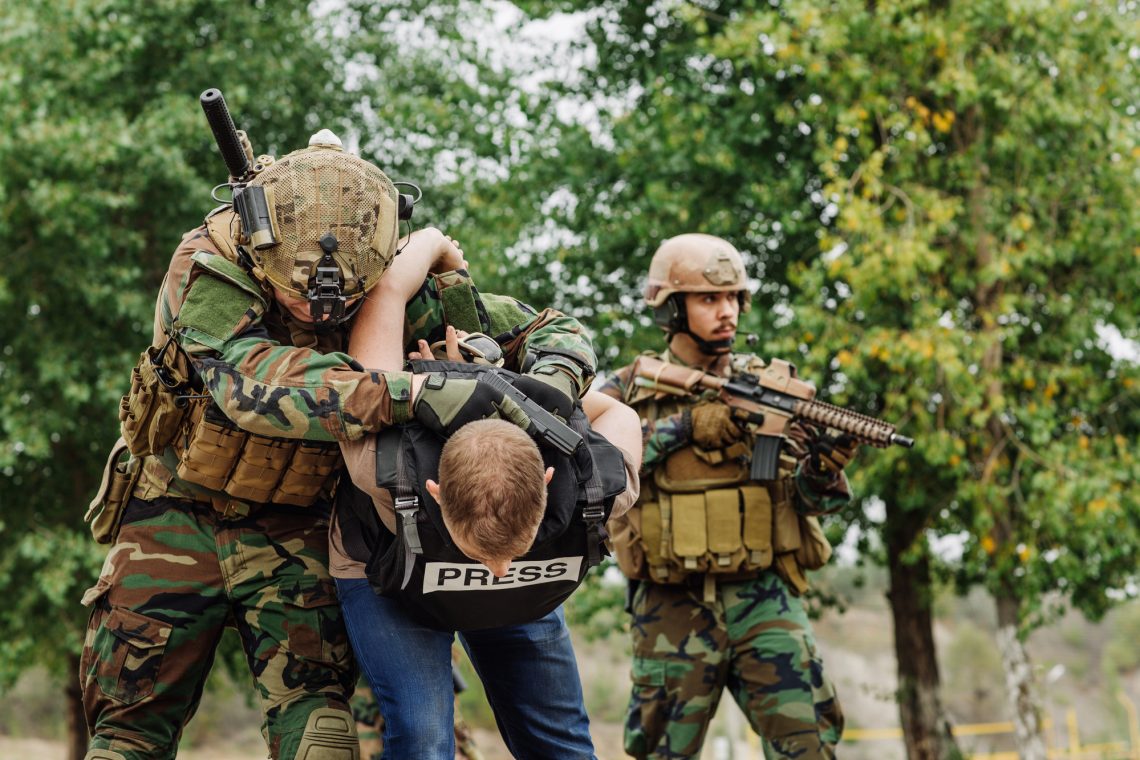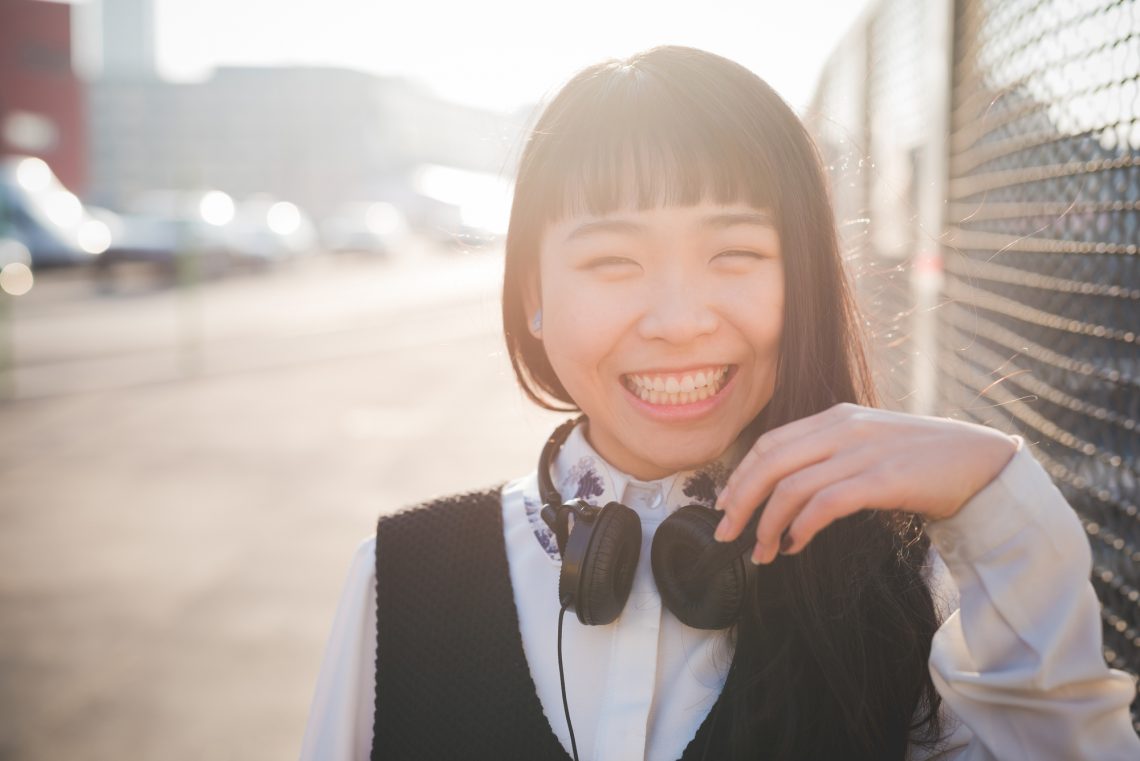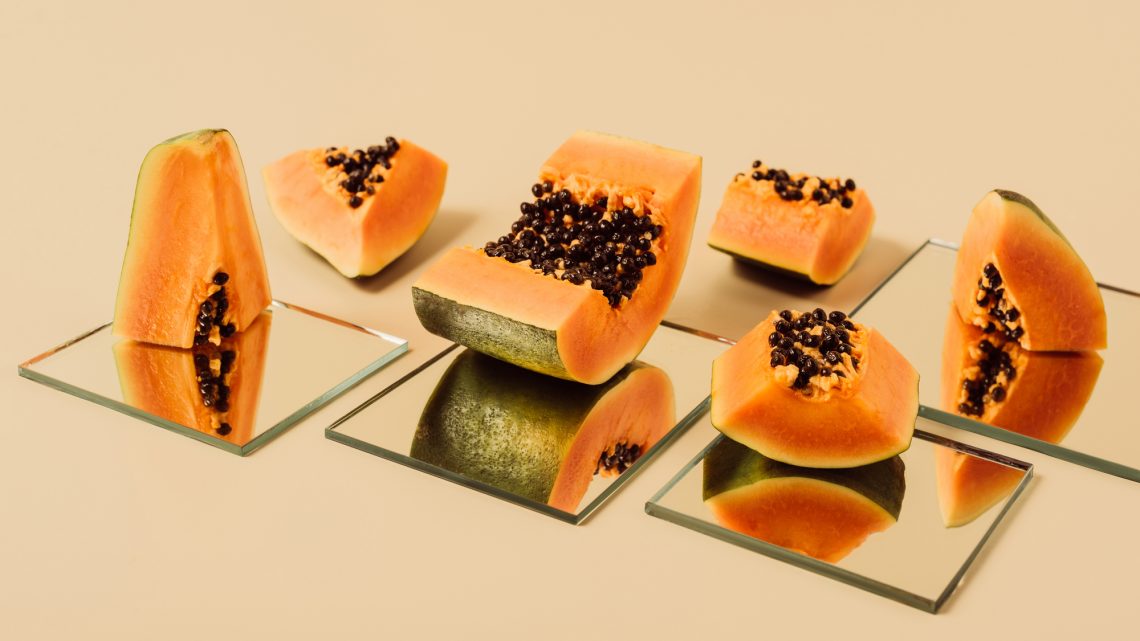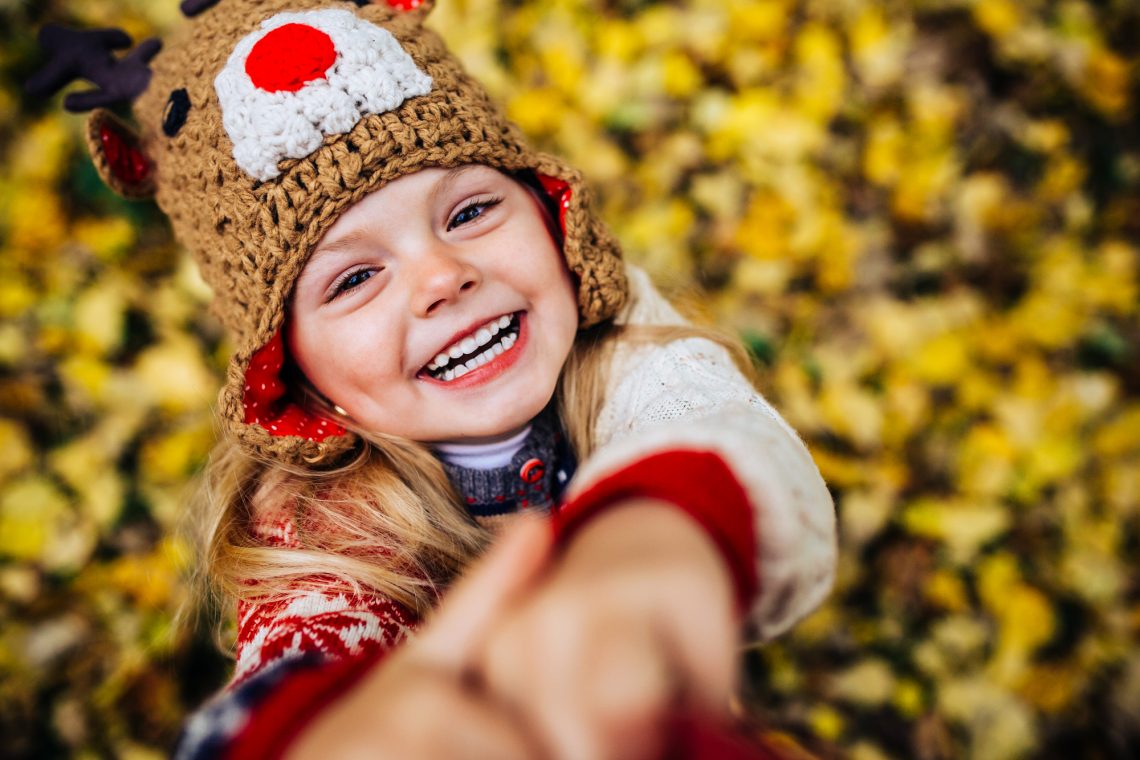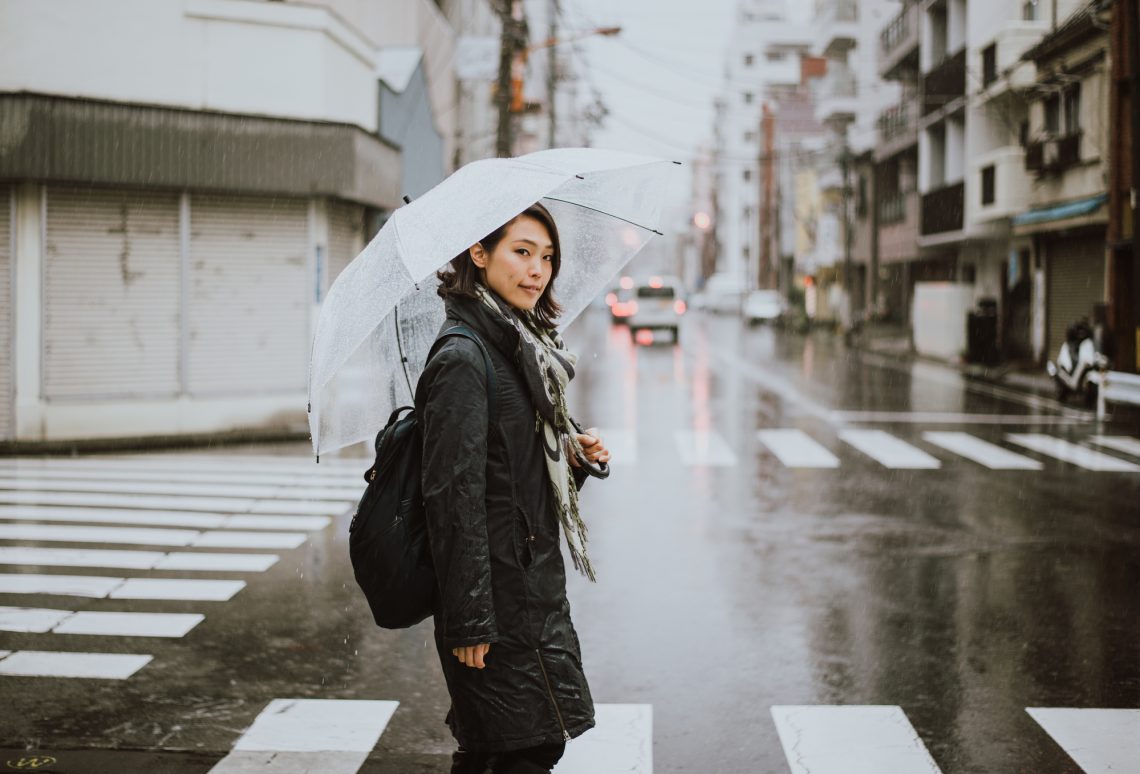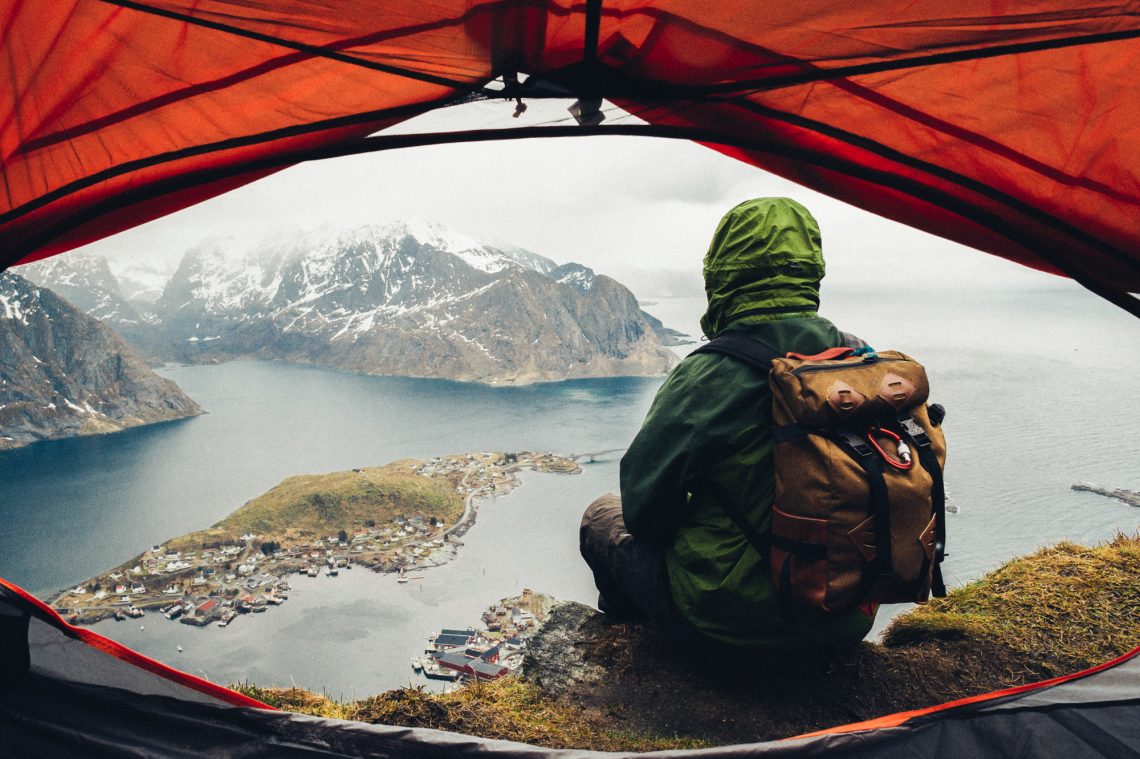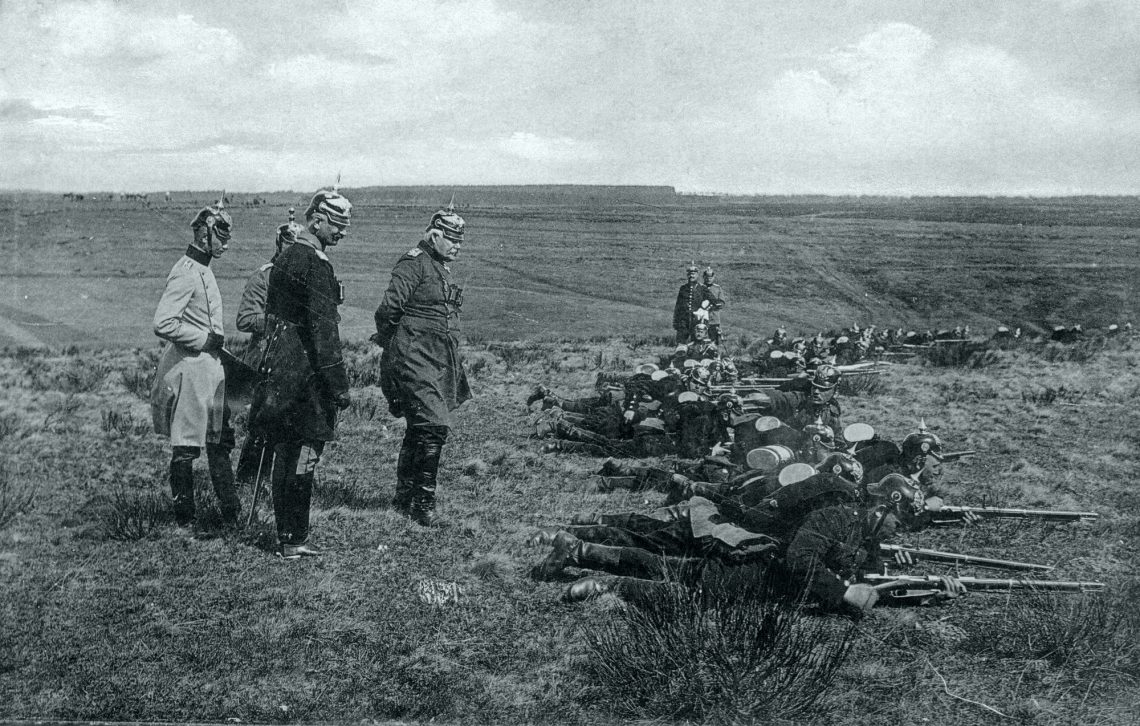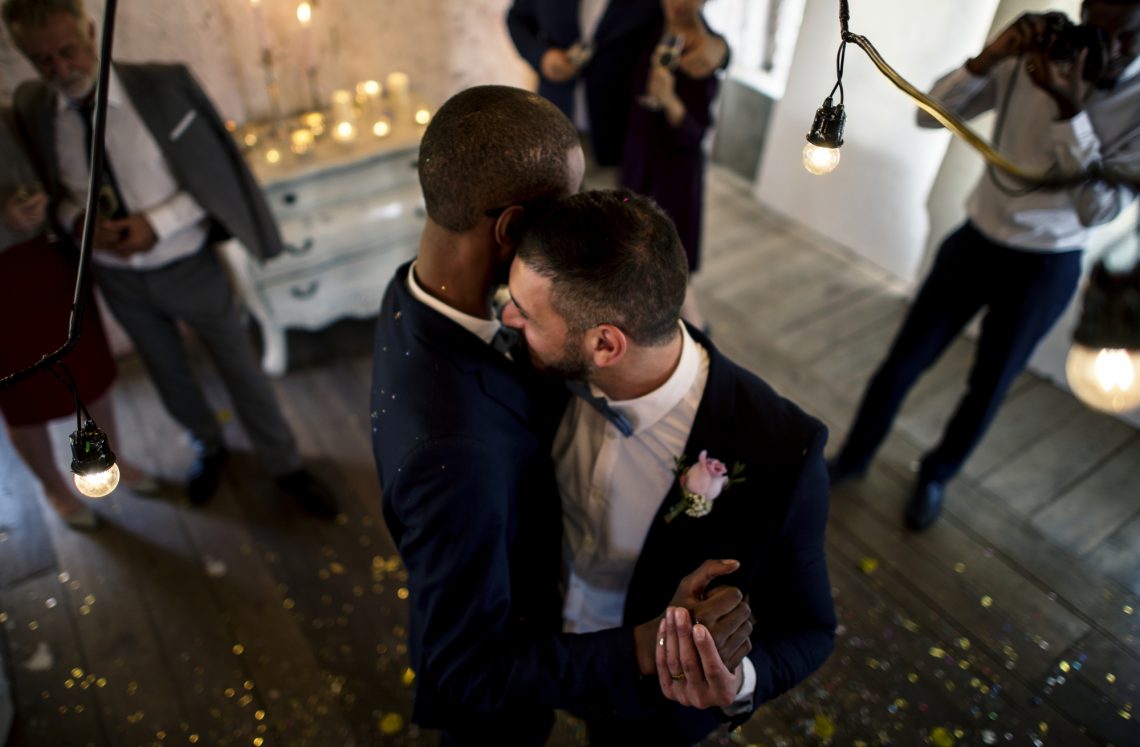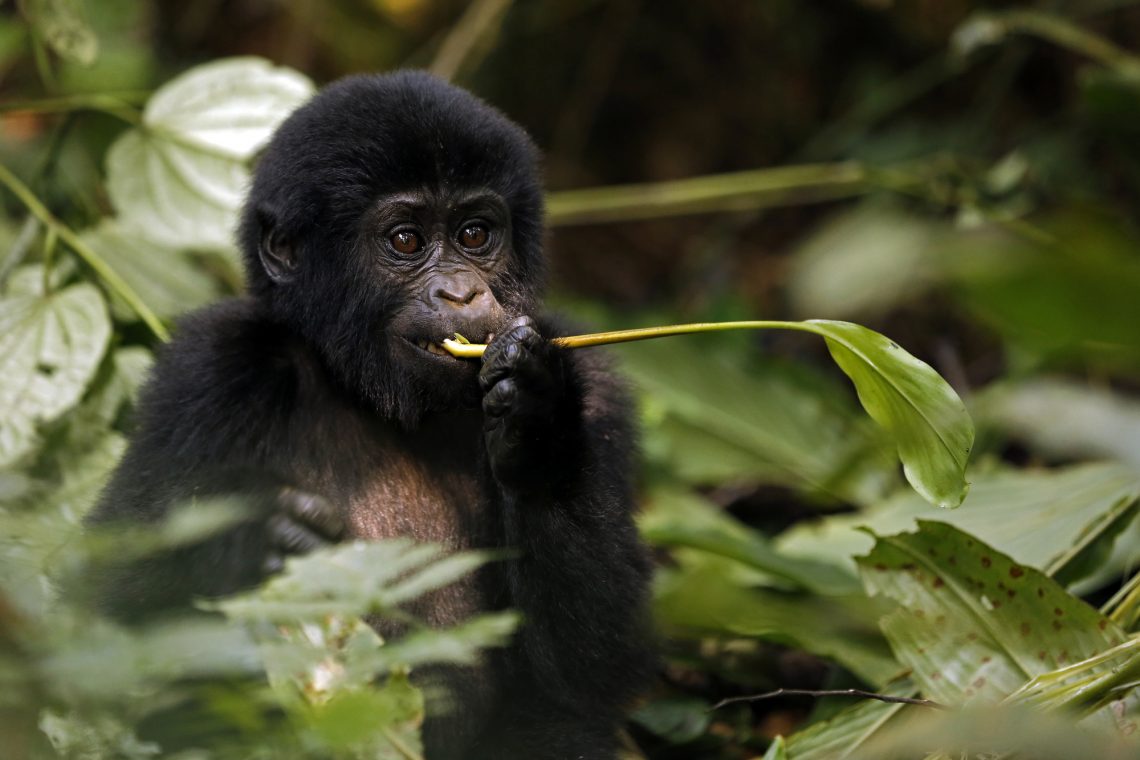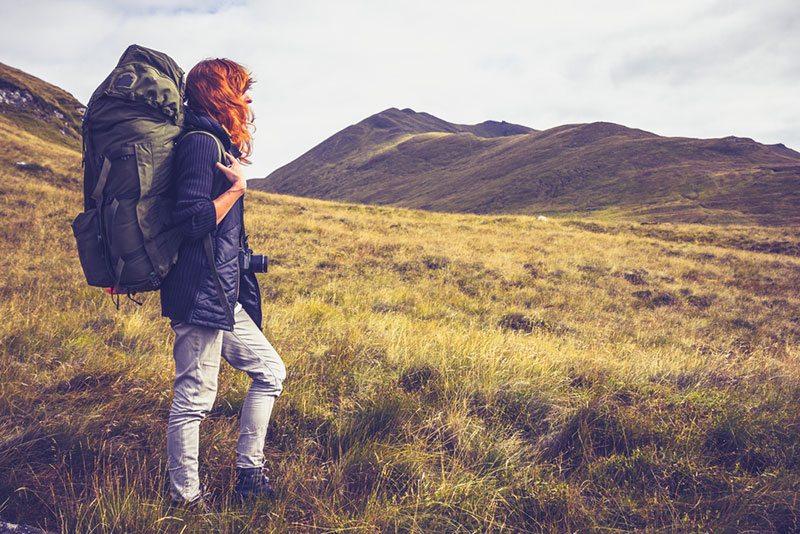An Ultimate List of 40 Photography Types to Learn and Master
Getting into the photography industry requires knowledge about the craft. While some pros specialize in and master one genre, others multitask and constantly learn new types of photography to expand their skill set, and produce relevant and timely works.
Bearing both types of photographers in mind, we’ve compiled an ultimate list of 40 photography genres. With links to many useful sources and inspiring photo collections, this article will help visual artists improve in one area, as well as learn something new to become better photographers across many styles. Keep on reading to discover more!
Top 40 photography types
1. Abstract Photography
Abstract photography, often referred to as experimental or conceptual, goes beyond usual representations of objects, and can be purposefully arranged or edited to create an unrealistic look of real objects. Usually, you can’t see anything specific in abstract images since photographers working in this style aim to express their artistic vision or illustrate the concept, rather than conveying what they see in front of them.
If you want to get into the realm of abstract photography and express your inner creator, here are five tips to help you get started.
2. Aerial Photography
Aerial photography is basically any image taken from the air. In the past, high-angle shots were considered aerial photographs. Nowadays, with the advent of high-quality consumer drones, this genre is more associated with drone photography.
Aerial photography is not only limited to landscape imagery. Modern cameramen are taking top view shots across many genres, from commercial to wedding photography, in order to get a fresh perspective and create one-of-a-kind visuals.
Check out our curated collections of drone photography and nature images shot from above for new ideas and inspiration; all to help you broaden your portfolio with unique pics.
3. Architecture Photography
Architecture photography, unlike abstract photography, aims to capture an accurate visual representation of the subject. This genre includes shooting building exteriors and interiors, as well as interesting architectural elements, bridges, and cityscapes. In this style, photographers often emphasize lines, shapes, materials, colors, and a structure’s most visually appealing parts.
Architecture photography requires knowledge of working with natural light, specific photography techniques, and composition rules. Along with professional gear, it all helps to avoid perspective and distortion issues.
Architecture photography is divided into two subtypes. The first is real estate photography, which is aimed at taking pictures of homes for sale. The second is urban exploration, which focuses on abandoned and lost places.
4. Astrophotography
Astrophotography is all about capturing astronomical bodies and celestial events, such as stars, meteors, planets, galaxies, lunar or solar eclipses, and black holes. Scientists that work in astronomical observatories are usually responsible for such images and capture them with the help of powerful telescopes.
Night photography, which captures areas of the night sky visible to the naked eye, is also considered astrophotography. Amateur photographers can get such pictures under certain conditions; however, proper equipment, the correct camera settings, and knowledge of special techniques are required.
5. Black and White Photography
Black and white photography is a type of monochrome photography that contains only neutral gray tones and no additional colors. Monochromatic shades resonate on a deeper level and assist in producing timeless and elegant shots. Black and white pictures can be accomplished with monochrome-only cameras, proper camera settings, or by post-processing a color image.
Today, solid-colored images are often used for artistic purposes. They usually help highlight contrast, reveal emotions, and eliminate color distractions from the photograph. Moreover, monochromatic settings make it simpler to emphasize the subject, shape, texture, patterns, light, and composition. If you’re just starting in monochrome photography, be sure to read our beginner’s guide on black and white photography.
6. Boudoir Photography
Boudoir photography is the art of taking sensual photos in intimate settings. The word comes from French and refers to a woman’s private dressing room, where the pictures are usually taken. Despite the common belief that boudoir photography is only about sex appeal, it also captures the essence and character of people, and shows their passion or vulnerability.
Even though women are usually the subject of boudoir photography, men can also pose for it. Many portrait photographers exploit couple boudoir photography for wedding or Valentine’s Day photoshoots in order to create unique and memorable images that showcase people’s romantic side.
7. Commercial Photography
Commercial photography is a type of photography used to produce visuals for commercial purposes, most commonly to advertise or sell a product or service. This genre helps brands and companies visually communicate with their target audience, market their products and services, and deliver the right messages. These images are frequently utilized in digital and print advertisements and promotional materials.
Due to its wide range of uses, commercial photography can also refer to fashion, lifestyle, food, and product photography. To produce high-quality, selling, and creative visuals, check out eight ideas for photographers from eight creative ads.
8. Documentary Photography
Documentary photography is a genre aimed to depict real events, people, places, and objects. Unlike photojournalism, which tends to tell breaking news and short-term stories, documentary photography focuses on producing truthful photos that expand over time. This style of photography is often used in reportage and records important historical events.
9. Double Exposure Photography
Double exposure photography is made when two or more images are merged into one. It can be achieved with an analog camera, a modern digital camera, or during post-processing. Some mobile applications also provide this option. Photographers employ multiple exposures in their works to create dreamy and artistic visuals. Moreover, by combining two or more images, this photography technique can breathe new life into boring shots.
10. Editorial Photography
Editorial photography is a type of photography used to depict a story or a person in various media, particularly in newspapers, magazines, or blogs. The subjects of editorial photography might range from sports, fashion, or movie celebrities to ordinary people meant to become a part of the story or creative concept.
Editorial photographs differ from commercial and advertising images in that they are subject to a different licensing model. Therefore, if the media or a business wants to use an editorial image for commercial purposes, they must obtain the appropriate license and comply with its terms.
11. Event Photography
Event photography is all about capturing various occasions, including weddings, graduations, conferences, corporate parties, fairs, concerts, music festivals, and sports championships. These photographs can be used for both personal and commercial purposes, as well as for advertising an event, company, or organization.
Event photography also falls within the candid photography genre, as it usually requires taking unstaged, candid shots in a dynamic environment. Becoming an event photographer allows you to participate in a variety of interesting events, meet new people, and strengthen your communication skills.
12. Family Photography
Taking photos of people that are relatives is considered family photography. Usually, photoshoots in this genre involve the creation of portraits, lifestyle pictures, or candid photographs that document the growth of the youngest, show the connection between family members, and depict shared holidays or family events.
Family photography is probably one of the most popular and sought-after photography styles. Images of happy families evoke positive emotions and are often utilized by businesses to market their products and services. If you are short of ideas for family photoshoots, both personal and commercial, check out these family photography ideas for the winter holidays.
13. Fashion Photography
Fashion photography ranges from images of runways and street styles to glamorous photographs featured on the covers of top fashion magazines. Getting into fashion photography is no joke. Photographers seeking commissions in the fashion industry should have a well-developed network of contacts, a strong portfolio, and a track record of working with known clothing, shoes, or accessories brands, as well as fashion houses or fashion magazines.
Just starting your career as a fashion photographer? Follow these simple seven tips for beginners.
14. Film Photography
Film photography, also known as analog photography, is made using an analog camera and light-sensitive rolls of film. Analog images can be captured on paper (instant photos), film, or hard plates. Taking pictures in an old-fashioned way is more complex than digital photography. Yet, it allows you to deeper learn your camera, sharpen your photography skills, and discover new creative shooting techniques.
Over the last decade, we can see how the revival of film photography has become a new trend. All because people are enchanted with the aesthetic of film cameras and the pictures they produce. Images obtained using analog cameras often have distinct photographic effects that are difficult to recreate with modern digital cameras, software, or filters.
15. Fine Art Photography
Fine art photography is a medium for a photographer’s creative expression. It is aimed to produce artistic, creative, and sometimes surreal visuals that convey the photographer’s vision, idea, or concept. These images are often used in magazines or media; they can be framed and exhibited in galleries, or sold as art pieces.
Unlike other types of photography, fine art photography doesn’t imply strict technical or compositional rules. It gives room for artistic exploration, and photographers are sure to find it creatively fulfilling. If you are unfamiliar with the concept, read our article on the definition of fine art photography, its types, examples, and tips for creatives.
16. Food Photography
Food photography captures everything related to food, from fresh ingredients and plated dishes to the cooking and decorating process. This photography genre overlaps with editorial, still life, and commercial photography. Final shots are often featured in advertisements, articles, menus, cookbooks, packaging, and cooking apps.
To create mouthwatering food images, photographers sometimes replace the actual food with props or substitutes that look better. In addition, they use various food photography tips and tricks to show the right portion size, perfect lighting, or create a unique aesthetic.
17. Holiday Photography
Holiday photography is a broad genre that includes family, lifestyle, portraiture, still life, and food photography. It is typically used to capture precious moments and memories during major holidays, such as Christmas, New Year, Easter, Thanksgiving, Kwanzaa, Hanukkah, and more. Photographers engaged in this genre strive to create authentic imagery that will stand the test of time.
18. Indoor Photography
Indoor photography refers to any images that were captured indoors. It incorporates real estate, still life, lifestyle, portraiture, and product photography. This photography style can be tricky due to varying lighting conditions. Therefore, photographers must be aware of ISO, focus, and composition to produce sharp, high-quality shots. Follow these easy indoor photography tips and tricks to create standout visuals inside.
19. Industrial Photography
Industrial photography is a type of photography that depicts factories, manufacturers, machinery, equipment, workers, and industrial landscapes. These shots are commonly used for commercial purposes and can be incorporated into websites, conferences, exhibitions, printed materials, and merchandise.
Industrial photography is related to urban exploration, which focuses on abandoned buildings and can also include photographs of industrial settings. Photographers who enjoy taking pictures of industrial sites can check out our six useful tips on industrial photography for beginners.
20. Infrared Photography
Infrared photography is the art of taking photographs with an infrared filter or film to give visuals an otherworldly and surreal look. The human eye cannot see infrared light as it lies beyond the visible light spectrum; therefore, special equipment and filters are required to achieve the desired result. Photographers can also give their pictures a dreamy look with the help of post-processing.
21. Landscape Photography
Landscape photography focuses on nature scenes, from shots of majestic mountains, deserts, and waterfalls to wheat fields. This genre usually captures untouched nature, but can also document man-made structures. Landscape photography is one of the most popular and accessible types of photography; however, mastering this genre requires time and effort.
Dive into the basics of landscape photography with our detailed guide, and further master your skills with ten unconventional tips for landscape photographers.
22. Lifestyle Photography
Lifestyle photography documents everyday scenes and real-life situations in a subject’s natural environment. All for the sake of artistically telling people’s life stories. Even though lifestyle photography can be staged, the photographer aims to produce candid and authentic shots. Lifestyle photography also intersects with other genres, such as documentary and family photography.
23. Macro Photography
Macro photography captures extreme close-up shots of small subjects and living creatures to produce images in which the object’s size exceeds its real-life size. Shooting in macro mode requires special lenses. You can learn about different macro lenses and how to use them in our blog.
Insects, flowers, and other plants are the most common subjects of this photography genre. However, close-ups of water droplets, snowflakes, jewelry, and other everyday items can also be found in macro photography.
24. Minimalist Photography
Minimalist photography is a type of photography that prioritizes simplicity over an abundance of compositional elements, like color, pattern, or texture. It has a powerful composition reinforced by negative space, clean lines, and the use of essential elements only. Minimalist photographers usually utilize the “less is more” approach, isolating the main subject from distractions.
Find simplicity and elegance in our thematic minimalist photo collection.
25. Night Photography
Night photography refers to all images taken at night time. It overlaps with astrophotography, but unlike this genre, which aims to depict the night sky, astronomical bodies, and celestial events, night photography also captures cityscapes, nightlife, and nature lit by artificial or moon light.
Shooting at night is challenging due to unpredictable and low-lit lighting conditions. However, you can produce outstanding night images with a bit of patience, knowledge, and professional equipment. Check out our night photography tips for sharp and beautiful shots.
26. Outdoor Photography
All photos taken outside fall under the category of outdoor photography. Therefore, this genre can also refer to landscape, wildlife, and street photography. Shooting outdoors gives access to a vast range of backgrounds, subjects, and lighting conditions. However, photographers should be aware of the best time for outdoor photography to avoid overexposed pictures and unflattering shadows.
Learn how to choose a lighting kit for outdoor photography to have more flexibility when shooting outdoors.
27. Pet Photography
Pet photography is similar to portrait photography, but the main subjects of this genre are our two-legged and four-legged friends. Aside from dogs and cats, which make up most of the market demand, other animals can be captured too. Rabbits, hamsters, turtles, birds, reptiles, ponies, pigs, and even fish. Such shots usually serve as mood boosters, but can also be used in advertisements, packaging, and various organizations that work with homeless pets.
28. Photojournalism
Photojournalism employs photographs to tell short-term and breaking news stories. It is similar to documentary photography, but strict ethical standards and journalistic terms must be met before an image can be called a work of photojournalism. Professionals in this field play a vital role in the media, as they objectively depict a wide range of events across the world – from revolutions and rallies to natural disasters and national celebrations.
29. Portrait Photography
Portrait photography or portraiture is one of the most common genres. It aims to capture the subject’s personality or mood through the use of posing, lighting, and backgrounds. This genre is highly accessible, since it can be created using a single prime lens and natural lighting. Portraits can serve many purposes, and mastering this style might lead to works in wedding, family, fashion, and product photography.
Both amateur and seasoned photographers often get stuck looking for new photoshoot ideas. Discover creative ideas for portrait photography and self-portraits prepared by photography enthusiasts.
30. Product Photography
Product photography is a branch of commercial photography that focuses on capturing various items for advertising purposes. The aim of this photography genre is to show the product in its best light. Product photography is typically created for e-commerce websites (less often for catalogs and brochures) that require high-resolution shots of objects over a white backdrop.
Watch this helpful video tutorial with easy product photography hacks to develop your photography skills and avoid spending a fortune on equipment.
31. Scientific Photography
Scientific photography is aimed to create pictures that document natural and experimental phenomena for educational or research purposes. It usually captures detailed scientific data or things that are invisible to the naked eye, and are later used in medicine, astronomy, or by the military. Some scientific photographers document experiments, while others take images for illustrations in specialized books, media, or publications. Macro, infrared, and astrophotography also belong to scientific photography.
32. Sports Photography
Sports photography covers all kinds of sporting events, from local basketball championships to the Olympics. In order to create high-quality shots and avoid untimely images, photographers working in this genre should be familiar with the sport they are capturing. This allows them to anticipate what will happen next and capture the most interesting moments. Due to the dynamic nature of the setting, sports photography also requires a quick reaction, good timing, quality equipment, and a fast shutter speed.
33. Still Life Photography
Still life photography depicts inanimate subjects—natural, like flowers, fruits, or shells, and man-made, like mirrors, vases, or cosmetics. It overlaps with several other genres, including commercial, food, and fine art photography, and can be used for personal, editorial, or commercial purposes.
Still life photography relies heavily on composition, framing, and lighting; therefore, objects in the frame are usually arranged in an aesthetically pleasing manner. Photographers working in this genre can train their artistic vision since they have the freedom to place objects in the frame any way they see fit.
34. Stock Photography
Stock photography is a type of photography aimed at creating imagery that’ll be sold for use through various licensing models. Photographers working in this genre most often allow stock agencies and content marketplaces to handle their sales in exchange for a large customer base. To be a successful stock photographer, you need to create an extensive catalog of selling images and regularly update it with trendy visuals.
Learn how to become a productive stock photographer and understand your clients in our articles.
35. Street Photography
Street photography is a genre used to record everyday life within public places. Street images are often referred to as candid photography, since most pictures are not staged and taken spontaneously, sometimes without the subject’s knowledge. Street photography doesn’t aim to tell a story. A photographer is rather an observer, trying to capture ordinary moments or people’s interactions.
How does one make the most of a boring location? Find out street photography tips in our article.
36. Travel Photography
Travel photography is an all-catch term that refers to any image taken in a remote, exotic, or unfamiliar location with the intention of highlighting the touristic, cultural, or historical aspects of a particular area. It encompasses a wide range of genres, including lifestyle, portrait, and street photography, as well as landscape and wildlife photography. Due to a variety of scenes that can be captured within this genre, everyone can produce creative travel photography, even with a smartphone. Travel photography can be inspiring, encouraging for people to plan a new trip, or informative, demonstrating cultural parallels between people.
In case you missed it, we have an article with popular travel photography tips and trends; an interview with Alexander Ladanivskyy, full of travel photography ideas from a well-known travel photographer who leads tours around picturesque places; and a thematic photo collection.
37. Underwater Photography
Underwater photography covers any images taken underwater, as well as split photos (underwater photos with the top half of the image being above water), and pictures of marine life shot through aquarium glass. Underwater photography is usually done while scuba diving, snorkeling, swimming, or from a submerged vehicle or automated camera lowered from the surface.
Underwater photography encompasses wildlife, macro, sports, and portraiture photography. Shots taken underwater are usually subject to personal, editorial, or commercial use. However, they can also be utilized by scientists and environmentalists to study marine life and its condition.
Read the complete underwater photography guide with tips to create the perfect underwater image.
38. War Photography
War photography, which often overlaps with photojournalism and documentary photography, is about capturing armed conflicts and their aftermath. Photographers of this genre usually document horrors of war in hotspots, exposing themselves to danger, and sometimes being killed doing their job. Typically, imagery from battle zones is utilized for editorial purposes to shed light on the war and educate the public about it.
39. Wedding Photography
Wedding photography is a lucrative industry that accumulates a lot of money, creating demand for photographers specializing in this field. Many other types of photography are connected to it, including event, family, boudoir, portraiture, and commercial photography. There is also a documentary element, since the photographer needs to be prepared to document that special moment. Wedding photography requires endurance, adaptability, good communication skills, and expertise to be ready to shoot indoors and outdoors.
Want to learn how to shoot a wedding? See a comprehensive guide for photographers.
40. Wildlife Photography
Wildlife photography focuses on documenting various forms of wildlife in their natural habitat. It requires patience and concentration, since wildlife photographers can wait hours to catch the appearance of unique species. Special gear, such as super telephoto, wide-angle, and macro lenses, as well as safe shooting locations are also required to produce one-of-a-kind shots. If you’re interested in this genre, check out our wildlife photography guide with useful tips and ultimate destinations for perfect animal pictures.
FAQ
What is the most popular photography type in 2022?
Minimalist photography is among the most popular photography genres in 2022. As the trend for self-love is reaching its peak in 2022, authentic and candid imagery is also rising. As a result, photographers choose simpler compositions, minimalist color solutions, and authentic settings.
How many types of photography are there?
There are around 100 photography genres and subgenres, according to Wikipedia. They all open up a world of possibilities for amateur and professional photographers alike, allowing them to expand their skill set. Learn about your options before deciding on a genre to focus on.
What are the main types of photography?
Several types of photography create a basis for other genres or overlap with them. These are portraiture, landscape, commercial, lifestyle, event, still life, and documentary photography. Mastering each of them will help photographers become better specialists across many styles.
